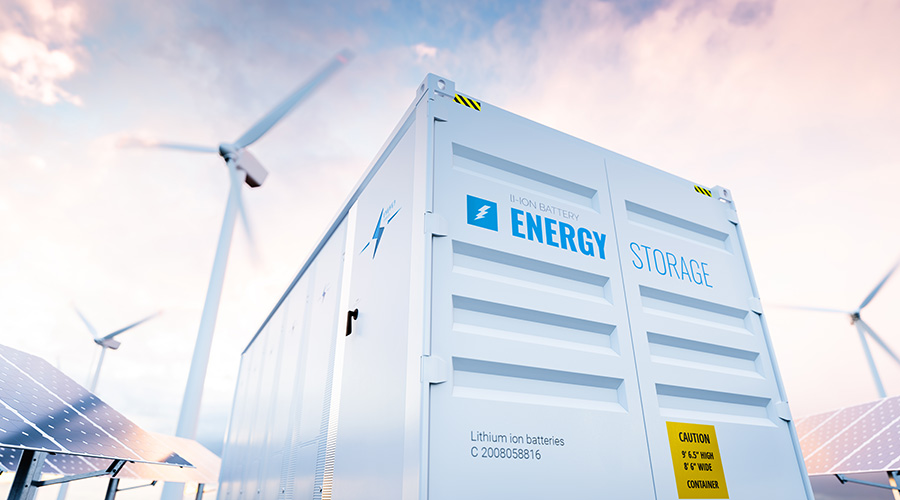As Water Prices Surge, Water Efficiency Gains Momentum
Back in the mid-1980s, the people of Boston were faced with a dilemma. Water demand in the area had exceeded its supply’s “safe yield” — the cut-off point where a water source is depleted beyond its ability to be replenished naturally.
One option to remedy the problem was to increase supply by diverting water from the Connecticut River. But this was a politically unpopular and expensive choice that would have cost about $200 million and $3 million per year for operations and maintenance.
Another option was to conserve enough water to avoid new supply altogether. In 1987, Steve Estes-Smargiassi, director of planning for the Massachusetts Water Resources Authority (MWRA), instituted an efficiency program he says cost 10 cents on the dollar compared to the river diversion project. It included detecting and repairing leaks in the city’s pipes, retrofitting 370,000 homes and businesses with efficient plumbing fixtures, and performing industrial water audits, meter improvements and public education.
Almost two decades later, in 2005, water demand in Boston and the surrounding area hit a 50-year low — and continues to drop, despite a much larger population. “You could say that I’m sold on the idea that conservation works,” says Estes-Smargiassi.
A water conservation success story on such a massive scale holds an important lesson facility executives can apply to their own organizations: Even in areas like Boston, where water is assumed to be abundant and cheap, water efficiency is important for both environmental and economic reasons. That’s true now more than ever as water shortages increase and water prices continue to rise in parallel with other utilities, like electricity and natural gas. According to the U.S. General Accounting Office, 36 states anticipate a fresh water shortage within the next 10 years.
More and more facility executives are starting to realize the urgency. The U.S. Green Building Council is also expected to ramp up its water efficiency standards. When LEED 2009 is released next year, the revised rating system is expected to mandate, as a prerequisite for certification, a 20 percent reduction of in-building water use compared with a baseline calculated from EPAct standards. Currently, facility executives can get a few points for water reduction, but it’s an optional credit.
“In order to get to that 20 percent mandatory reduction, you may have to use some pretty forward-looking strategies,” says Mary Ann Dickinson, executive director of the Alliance for Water Efficiency.
Creative strategies like using graywater to flush toilets, harvesting rainwater and scaling back landscaping are being employed more frequently — especially as code officials are beginning to relax the rules on strategies that had previously been considered risky.
However, such “new age” strategies certainly aren’t foolproof. There are several considerations if facility executives are thinking about projects involving these or similar water efficiency strategies.
Related Topics:














